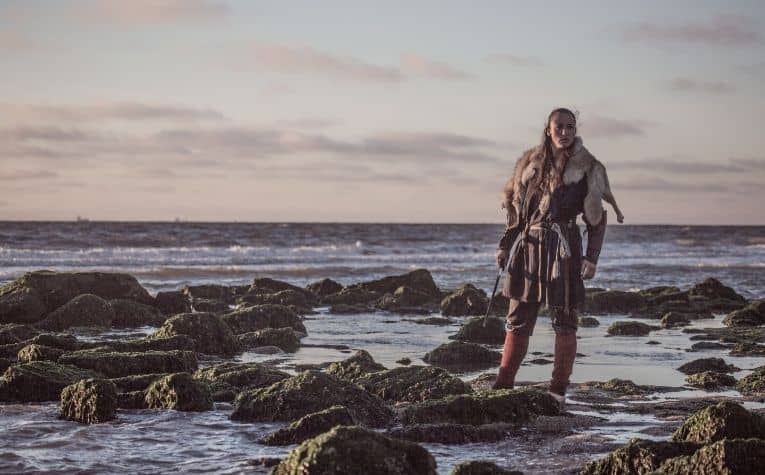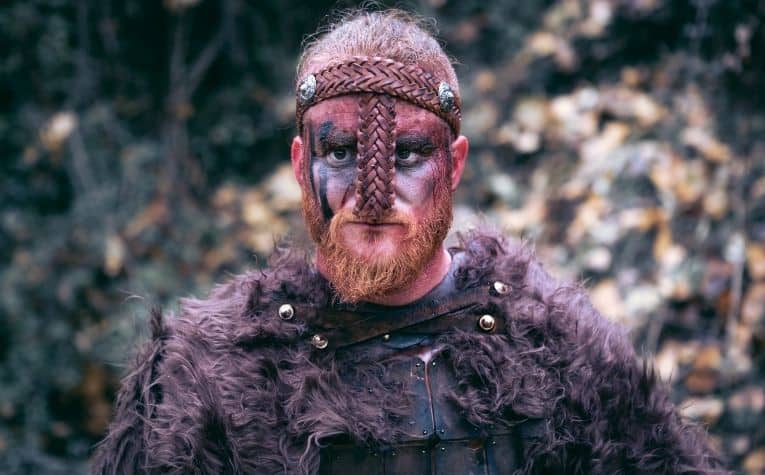Vikings are remembered as tough, powerful people with a formidable nature. However, not many consider themselves “Modern Day Vikings.”
The ending of the Viking era took place long ago, which contributes to the non-existence of modern-day Vikings.
Viking culture died out because of changing times in Europe, though Vikings continued to live on.
The countries and perimeters in which Vikings were living and raiding eventually converted to Christianity. 1066 is the year that marks the end of the “Viking Era.”
Below, the battles and events that brought the Vikings to their end–and who replaced them–will be discussed.
Additionally, the “formidability” of the Vikings will be analyzed.
It’s important to remember that most pre-Roman dynasties were absorbed because of the rapid advancement of other cultures and political alliances.
Also see What Did the Vikings Look Like? to learn more.

What Brought the Viking Era to an End?
The answer to this question might depend on the historian you ask, as a few significant battles led to the end of the Viking era.
There are a few non-battle events that historians would mark as the ending of the Viking era.
The end of the Viking Era in 1066 was brought by a combination of Christianity sweeping over Europe, the defeat of King Harald by the English King Harold Godwinson, and the formation of Sweden, Denmark, and Norway.
These three things might not have rocked the Viking nation, but together, they marked the end of Viking culture as it was known.
Again, each historian has a different idea of what was the “end”. [1] However, many would agree the ending was a combination of things and not just one issue.
Technically, the Vikings didn’t “die out” but instead ended their expansion into Europe and slowly became absorbed into other cultures.
Christianity Overtakes Europe
Paganism is also closely associated with the ways Vikings practiced their beliefs.
Though Vikings didn’t have an “organized” religion, they did partake in rituals and believed in gods pre-Christianity. [2]
Their religion was of many gods and goddesses and is referred to by modern theologists as Old Norse religion.
The culture converted near their end so that they could create political allies and widen their network.
Some Vikings stuck to their previous religion, mixed the two, and were all baptized into the Christian faith.
The Vikings becoming Christian isn’t how these two factors connect, though.
The overtaking of Europe via Christianity was a factor in the dying down of Vikings in a larger context, as the battles to create a united Europe in Christianity affected territories and power.
The Religious Crusades began in 1096, only 30 years after some historians would consider the end of the Viking era (1066).
The Final Battle Between King Harald and King Harold
The Battle at Stamford Bridge was the symbolic ending to the Viking Era in the context of Norway, as English King Harold Godwinson defeated Norwegian King Harald Harada.
This was an attack by the Norwegian Vikings on England’s bid for their territory. They lost the battle and created a truce with the King to not try and attack again.
Also see Were There Black Vikings? to learn more.

How Did the Vikings Die Out if They Were So Formidable?
Formidable means “causing fear, dread, or apprehension” or “having qualities that discourage approach or attack.”
This is a definition historians might apply to the Vikings.
The Vikings died out because of many political and religious factors.
As the Bronze Age ended and the Iron Age set in, more modern cultures were established, and territories were no longer being attacked and fought on to be “owned.”
Rather political allyships and religion were forming territories.
Though this was–and to an extent is–still a prominent way for peoples to get land and create nations, there was an evident switch in military tactics for land.
At one point in history, as societies were non-advanced and more “savage,” groups of people fought each other in the battle to own land.
It wasn’t so much about being just “formidable” anymore.
Many would likely consider the Vikings formidable, thanks to movies (such as The Vikings from 1958, Beowulf from 2007, or Thor from 2011) and historical retellings that depict the Vikings as tough, dreadful, and almost unbeatable opponents.
However, as tough as they were, there’s little that even a physically strong and large population culture could do about a politically changing time.
At the time of the Vikings’ end, which is commonly the 11th century (though historians don’t agree on the exact year), quite a few things were happening in Norway and Scandinavia, where the Vikings resided and even more happening in Europe.
In Norway and Scandinavia, territories were being established. In Europe, a wave of Christianity was chauffeuring the Iron Age into existence. [3]
Many historians have dedicated their life and studies to understanding the fall of great empires such as the Vikings and the Romans and even more postmodern societies such as cultures of the Middle East.
Though there are different philosophies and theories, some historians agree that even a strong or formidable culture becomes vulnerable when technological advances and political alliances isolate one or more other cultures.
Also see Were There African Vikings? to learn more.

Who Replaced the Vikings in Scandinavia?
The Vikings weren’t technically replaced in Scandinavia, as many of those who lived post-Viking era were still considered Northman or Scandinavians.
They weren’t known for being a part of Viking culture but for being absorbed by the Scandinavian and Christian cultures.
When the Viking era ended, it wasn’t because the Vikings had all died in battle, and there were none left. Instead, it was an exchange of power.
The Vikings, as they had been known–as pirates, pillagers, and colonizers–had nowhere else to expand to had their rule ended all over Europe.
However, the people, still Vikings, remained where they were. Those in Scandinavia were still considered Northman or Scandinavians.
Iceland and all of its countries began to form actual territories and become closer to the modern society of Scandinavia we know today.
People began to refer to themselves not in terms of tribes or cultures but in the territories they lived in.
Technically, the Scandinavians replaced the Vikings (though in the beginning years, they were the same).
Conclusion
The Vikings, like many other pre-modern societies, died out because of changing times and the advancement of other nations.
Also see Did the Vikings Discover America? to learn more.
